All Courses & Ebooks
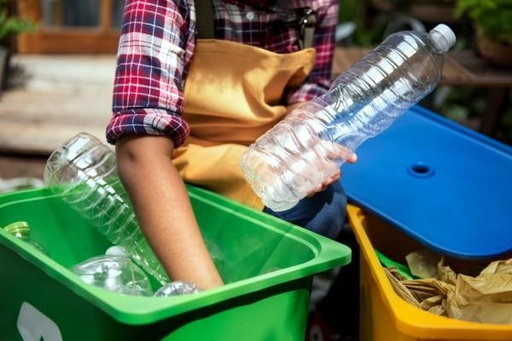
FREE
Today, there is accessible information on the industry and the various materials that can be recycled. In the past, it was only metals. Many of the informal recyclers were only interested in metals. Now, people recycle plastic, tyres, batteries, and more recently, polystyrene. Before this, society ingnored certain plastics that were difficult to recycle and allowed them to remain in the environment. Technology is growing to addresss those types of plastics like Styrofoam.
Currently, the global recognition of plastic pollution and how it contributes to climate change, has beamed the lights on formal recycling. This ebook will help to guide you on the steps to take to set up a profitable business in plastic recycling.
Author: Lagos State Employment Trust Fund (LSETF)
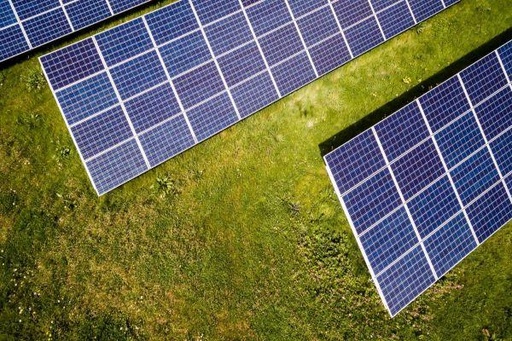
FREE
The aim of this training manual is to equip you with skills on how to design and install home solar systems. In Kenya, Solar PV systems have a vibrant market. Unfortunately, the sector does not have enough trained and experienced practitioners who can design and install systems. It is dominated by non-specialist technician who have no solar PV training. As a result, most solar systems installed in the country perform poorly and eventually fail, leading to the widespread perception in the market that solar systems do not work. Therefore, the goal of this course is to improve access to training and produce professional technicians in Solar PV System.
This technician training manual is designed for practicing electricians who have basic skills in electrical, mechanical or electronics field. The course lays emphasis on developing practical and theoretical knowledge and skills in basic solar PV technology, products and systems.
Author: Commonwealth of Learning, Kenya

FREE
This video provides a comprehensive, step-by-step guide on how to install or crimp MC4 connectors. It advises users to purchase an all-in-one kit and highlights the different components of a connector.
The video demonstrates how to strip and crimp the wire to the connector and how to assemble both a positive and negative wire. It also emphasizes the importance of labeling connector parts to avoid mistakes.
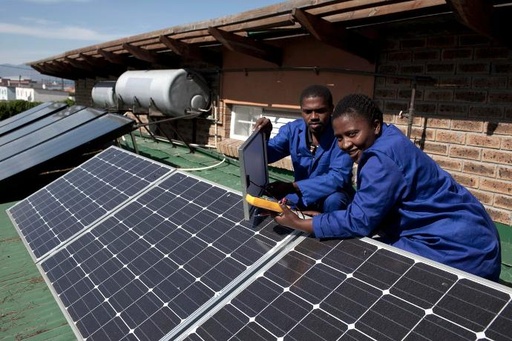
FREE
Assemble, install, or maintain solar photovoltaic (PV) systems on roofs or other structures in compliance with site assessment and schematics. May include measuring, cutting, assembling, and bolting structural framing and solar modules. May perform minor electrical work such as current checks.
Similar job titles: Installer, Photovoltaic Installer (PV Installer), PV Design Technician (Photovoltaic Design Technician), Solar Designer, Solar Installer, Solar Installer Technician, Solar Photovoltaic Installer (Solar PV Installer), Solar Technician
Author: Industrial Training Fund, Technical & Vocational Skills Training Department, Nigeria
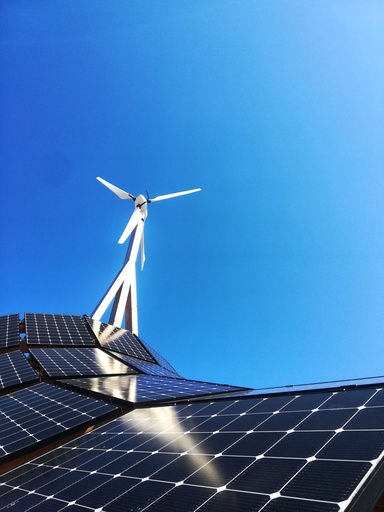
FREE
This is a free public 1-hour webinar about the basics of solar photovoltaic systems for commercial and residential use. This session will discuss:
- The process of converting the sun’s energy to electrical energy
- Understanding amps, volts, watts, and efficiency in the perspective of solar installations
- Overview of best practices for maintenance and care of solar photovoltaic panels
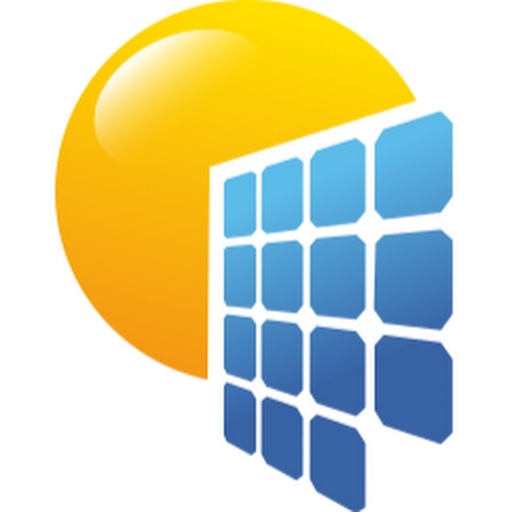
FREE
PVsyst is designed to be used by architects, engineers, and researchers. It is also a very useful educative tool. This video lesson includes a detailed contextual help menu that explains the procedures and models that are used, and offers a user-friendly approach with a guide to develop a project.
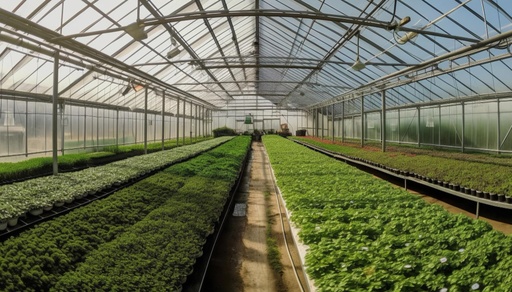
FREE
Rural areas depend on agriculture and need to access renewable sources of energy to make a sustainable living. Agricultural processing such as irrigation, poultry lighting, and pest control do not require high energy output and solar photovoltaic cells are a proven choice as an energy source.
Since farming and agriculture consume a large amount of electricity for irrigation, plowing, greenhouses, heating and cooling of buildings that house livestock, and dairy operations, utility bills can drain the budget. But, with solar power, while the upfront cost may be high, farmers will benefit in the long term. This free ebook chapter explores the use of solar technology in agriculture and its benefits.
Author: IntechOpen
FREE
The content of this block is organized to introduce the plumber apprentice to the theory and installation of Geothermal and Solar Energy systems. Ground source systems and solar systems provide a viable option for the green energy-minded installer. This module is designed to introduce the apprentice plumber to fundamental principles of design and installation, recognizing that these applications will be conducted differently within differing regions of the province.
Author: BCcampus, Canada - Block G /
Plumbing Apprenticeship Program Level 3

FREE
Greening Technical and Vocational Education and Training: a practical guide for institutions is designed to help leaders and practitioners of technical and vocational education and training (TVET) in improving their understanding of, and implementing, education for sustainable development (ESD). It is guided by a whole-institution approach, and uses a step-by-step process that can be applied in an institutional setting. The process consists of four steps: understanding, planning, implementing, and monitoring and assessment.
The Guide identifies several key elements
to assist TVET leaders and their institutional teams in
understanding the steps in greening their institutions
and programmes. It explains the need for, and the
institutional benefits of, greening. It also addresses
key elements for creating the rationale and strategy
prior to launching the first step.
Author:
United Nations Educational,
Scientific and Cultural Organization & UNESCO-UNEVOC International Centre for TVET